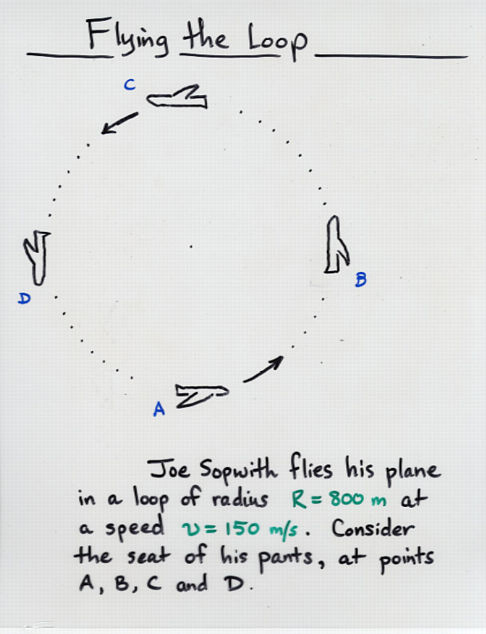
 Copyright © Michael Richmond.
This work is licensed under a Creative Commons License.
Copyright © Michael Richmond.
This work is licensed under a Creative Commons License.

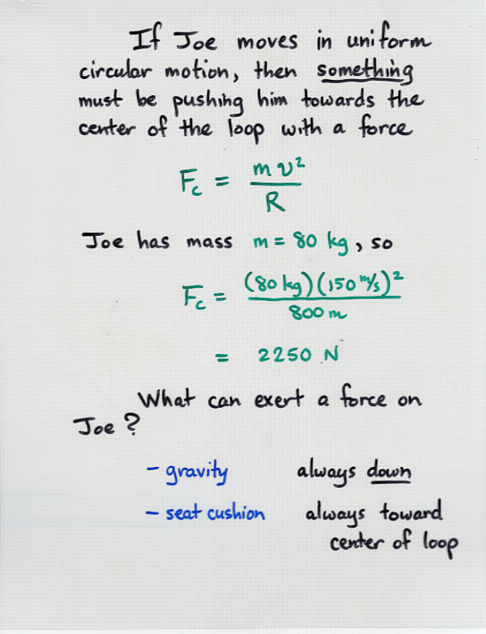
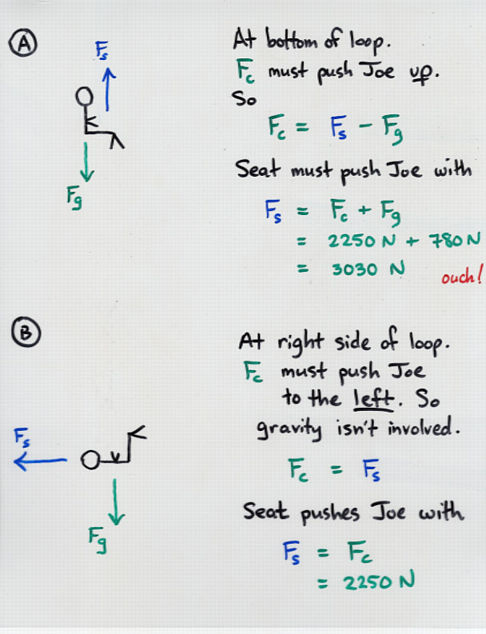
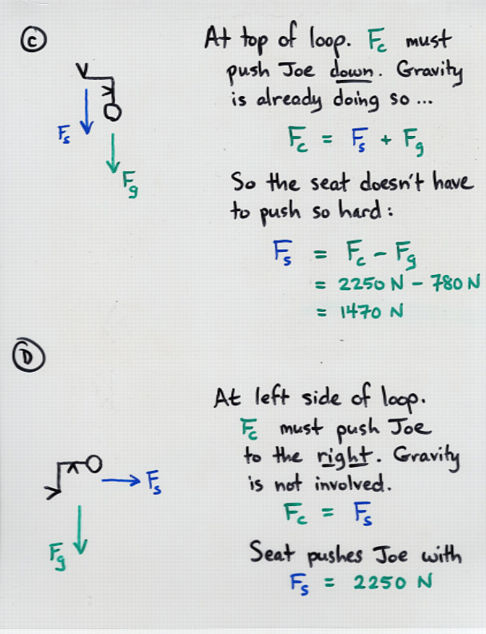
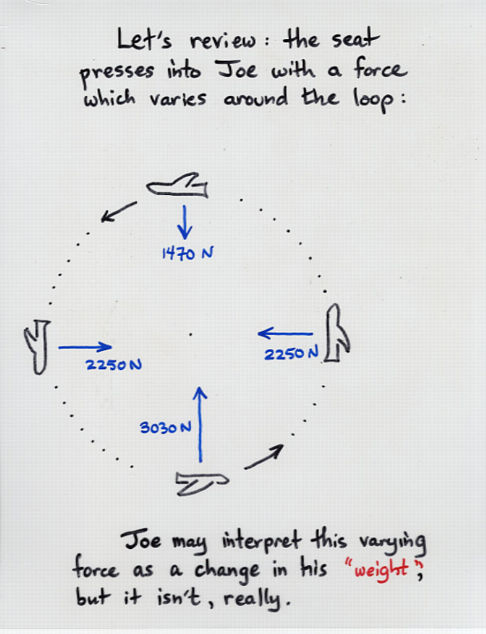
Is it possible to fly a plane in just the right way to make the force between the pilot and his seat completely disappear? Yes!
Q: If the plane continues to fly in the same circle
of radius 800 m, what speed will lead to
weightless conditions at the top of the circle?
A. about 150 mph
B. about 175 mph
C. about 200 mph
D. about 225 mph
How long will this period of "weightlessness" last?
A simple circular path is easy to analyze, but turns out to be impractical: the duration of weightlessness is too short. In order to create weightless conditions for useful periods of more than a second or two, one must fly a more complicated trajectory. For many years, NASA pilots have flown planes on parabolic paths which give researchers inside 20 to 30 seconds of weightless conditions; that's long enough to run simple experiments.
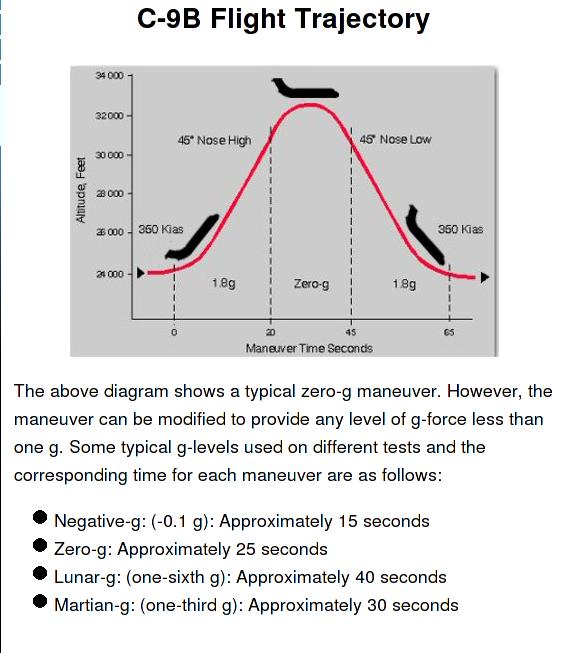
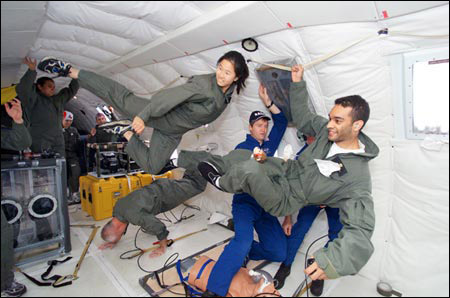

Image courtesy of
Apollo 13: Behind the Scenes
If one moves in a very big circle, very fast, then one can experience weightless conditions for a very long time ...
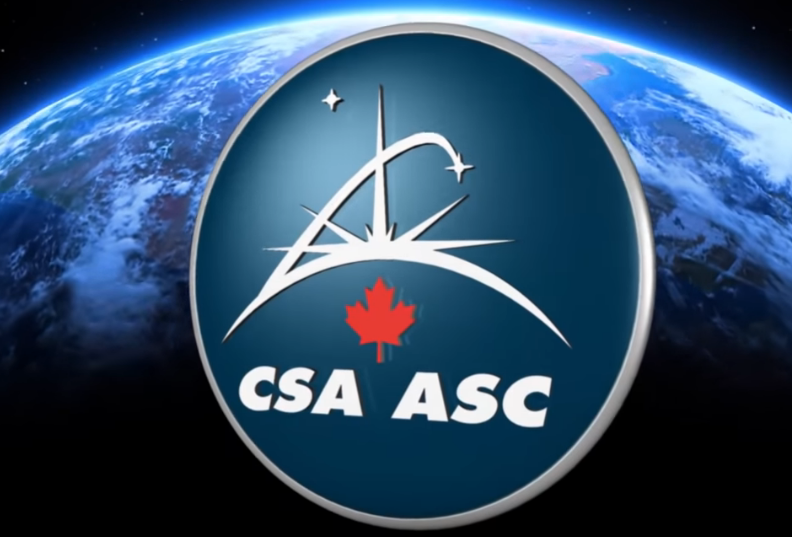
Thanks to the
Canadian Space Agency!
Another way to run experiments under weightless conditions is to drop the apparatus down a mine shaft: as long as it is falling (and as long as we neglect air resistance), the materials experience weightlessness.
Q: How deep a shaft is required to yield
30 seconds of weightlessness?
Examples of some real "drop towers" are
This example of measurements from QUT shows good news and bad news.
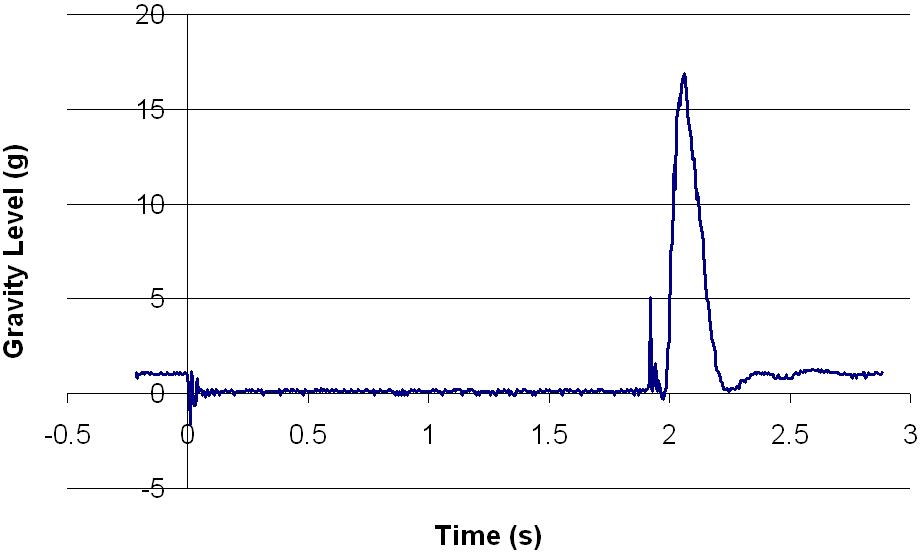
 Copyright © Michael Richmond.
This work is licensed under a Creative Commons License.
Copyright © Michael Richmond.
This work is licensed under a Creative Commons License.